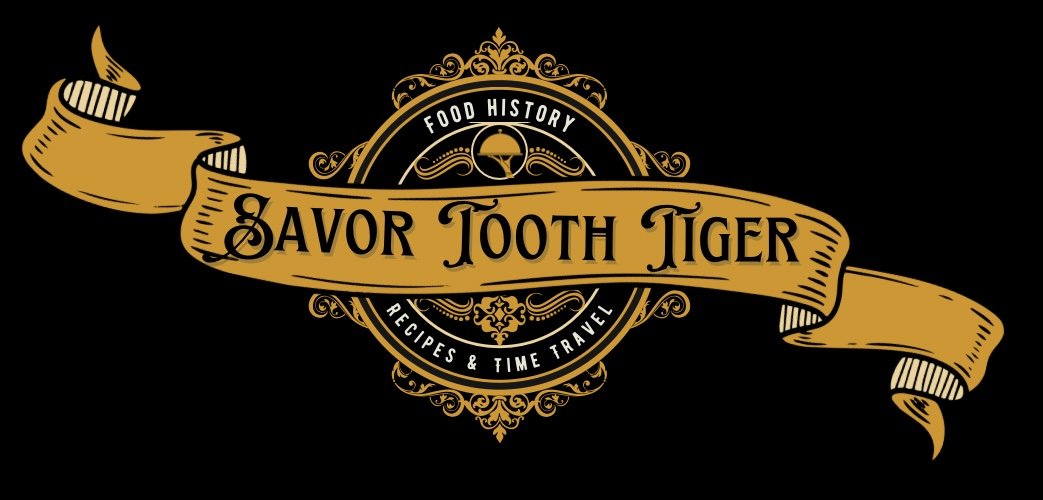WW1 Hard tack
Today, in 1918, on the 11th hour of the 11th day of the 11th month, World War 1 ended. It used to be called Armistice Day to celebrate the end of WW1, now Veterans Day, honors all veterans that served our country. Nothing says war food like hard tack. They fed the hungriest men in the literal trenches of WW1. There are hard tacks in museums that are theoretically still edible. No matter what kind of hell they were in, hard tacks provided reliable energy. Just 3 ingredients; wheat flour, salt and water. Soldiers would dip the hard tacks in coffee or liquid to soften them. They were known to chip teeth!
American field rations typically included a canned meat like corned beef, hard tack, coffee, cigarettes, jam, salt and sugar. There were proper field kitchens further back from battlefront. Mobile kitchens and even field bakeries provided freshly prepared bread that was transported to hungry soldiers via food cart. Mobile kitchens provided hot stews with vegetables, meat, and potatoes. At the most desperate hour, going days without resupply, there are stories of soldiers being forced to cook rats and even horses to survive. Which military had the best food? I’d say British Tommy soldiers, who had chocolate bars and even daily rum rations. Americans got a taste for chocolate after war, creating a booming chocolate market at home. Hershey even created a chocolate “D Ration” for World War 2. The worst food? Germany in the winter of 1916-1917, nicknamed “Turnip Winter” because that’s about the only food they had due to crop failure.
It goes without saying that American soldiers provided the ultimate sacrifice in WW1, but Americans at home were tasked with helping win the war…with food. WW1 propaganda posters are famous for sharing ideas for how to save foods at home so our soldiers could have the food they needed at war. Meatless Monday may sound like a modern invention but American USDA propaganda was the first to coin this term. Americans at home were urged to save meat, wheat, and sugar to send to the boys overseas. Uncle Sam also suggested that we all start Victory Gardens to grow our own food. Why? Many farmers were drafted. If we grew our own vegetables, we wouldn’t need to rely on other countries and could even ship fruits and vegetables overseas to our allies.
One of my favorite classes I taught was World War 1 Trench cooking. I gave groups of students ration kits, a camp stove, a few tools and let them cook in our edible garden using the rations and any “stolen” ingredients from our “farm.” Our garden provided carrots and celery to a stew similar to what many WW1 soldiers may have cooked. It was common for soldiers to steal ingredients from nearby farms, but as depicted in the new All Quiet On the Western Front film, stealing can be deadly.
Hard tack is relatively easy to make and will last for months (technically even years) if kept dry. Here is a hard tack recipe so that you can taste history for yourself! Just don’t forget to give it a dunk in some liquid before eating, unless you like breaking your teeth. Lastly, If you’re ever in my hometown, Kansas City, Missouri, you have to visit the National World War 1 Museum. It’s phenomenal.

Hard Tack
Ingredients
- 2 cups all purpose flour
- 1 cup water
- 2 teaspoons salt
Instructions
- Preheat oven to 375 degrees Fahrenheit.
- Mix dough in a bowl with a spoon until combined.
- On a floured work surface, flatten dough. Roll out into a rectangle using a rolling pin. Cut into squares using a knife or a pizza roller.
- Place squares on a sheet tray. Use a chopstick to make dots into the hard tack. Push all the way down to the sheet tray.
- Bake for 30-35 minutes until lightly browned. They will be hard! (Hence the name) You can dip it in coffee or soup to soften.
Image sources: Library of Congress







